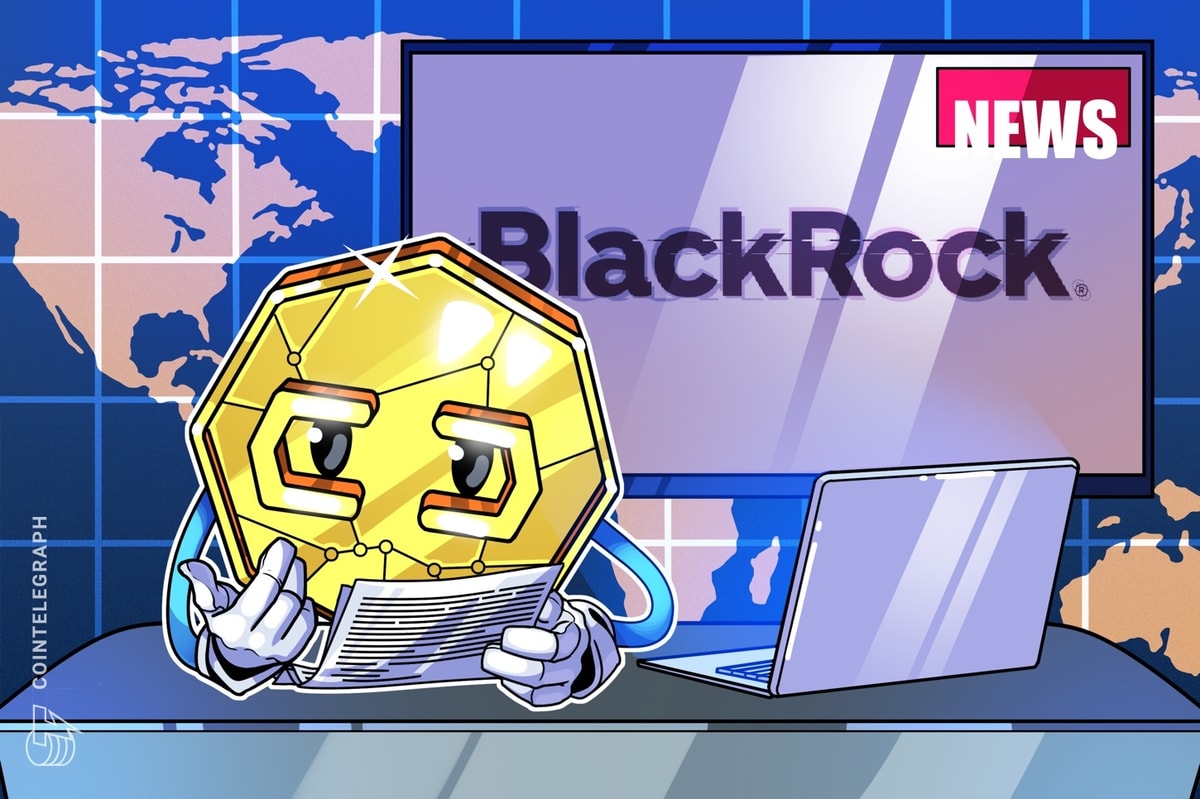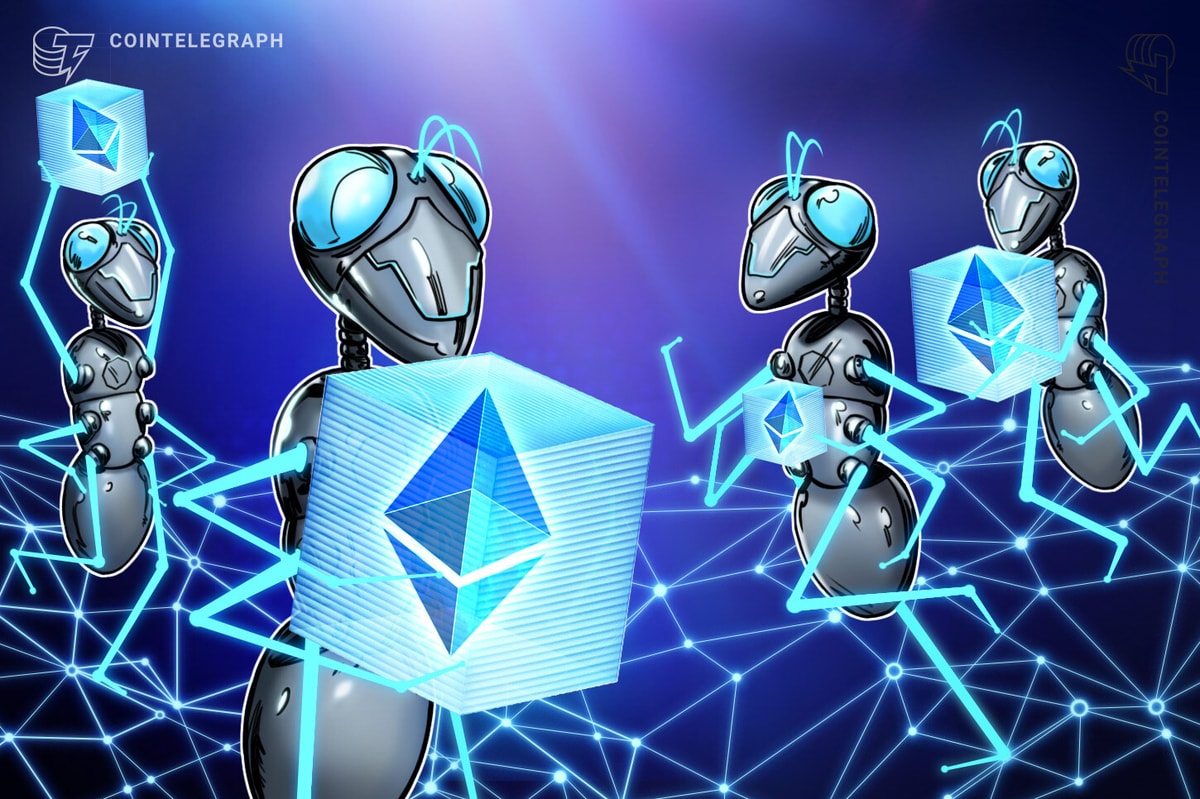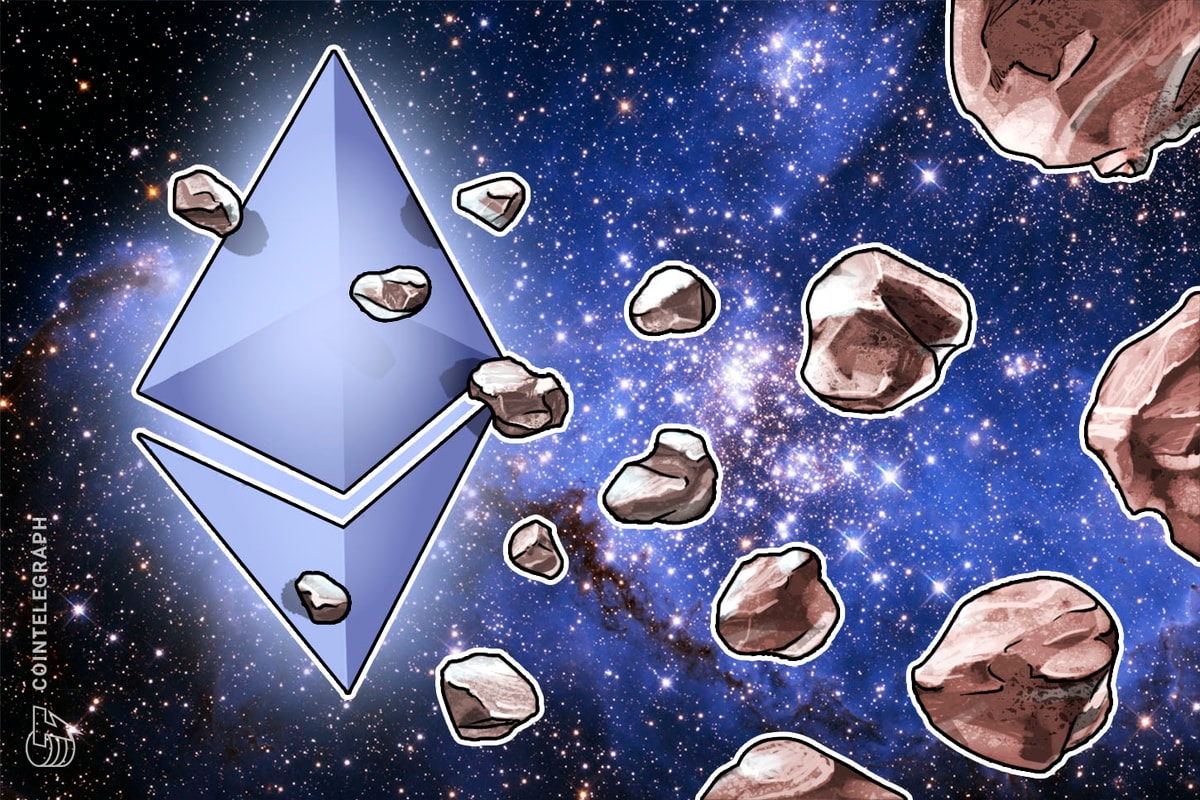Since the founding of Ethereum in 2015, an animating question that plagued the community was answered at exactly 06:42:59 UTC on Thursday, Sept. 15, 2022.
Ethereum, the technological layer where a new class of applications and self-organizing organizations are being built, eliminated its reliance on an energy-intensive consensus mechanism called
But in Ethereum PoW, baked into the code is something called “slashing.” With slashing, when a validator is caught acting provably destructively, the validator is forced to exit, penalizing some or all of its financial stake. The result is that an attacker cannot attack the chain without incurring a significant financial loss. PoW does not have an equally impactful in-protocol financial disincentive.
The future
Today, more than ever, there is a heightened sense of disempowerment. People feel disconnected and powerless over the decisions that govern their lives. Time and time again, actors enshrined with responsibility have failed; trust has been broken, and there seems to be no way forward.
Ethereum promises to flip the power dynamics and empower the individual by allowing any individual, enterprise or government to run validators, trustlessly build applications or coordinate themselves; it enables a sense of ownership, confidence and trust that is harder to achieve in systems that are widely adopted in society today.
The Merge strongly signals that Ethereum is for everyone to sustainably create value without sacrificing security, energy efficiency and democratized access.
We hope that this example of collaboration of hundreds of developers from all over the world, often working voluntarily, to improve a public good could inspire other industries.
Ben Edgington advises on Eth2 across ConsenSys. Current product owner for Teku, an Ethereum 2.0 client primarily designed for enterprise and institutional stakers, Ben was head of engineering for information systems at Hitachi Europe prior to joining ConsenSys. He holds a B.A. (Hons), M.A., M.Sc. and M.Maths (all in Mathematics) from the University of Cambridge.
Hsiao-Wei Wang has been working on Ethereum consensus protocol R&D at the Ethereum Foundation Research Team since mid-2017. Her contributions to the Merge include consensus research, specifications and memes development.
Lion Dapplion has been involved in Ethereum since early 2018, building FOSS at the infrastructure layer with DAppNode. His contribution to the Merge has been leading Lodestar the Typescript consensus client and pushing light clients at the consensus layer, plus other standardizing initiatives.
Marius van der Wijden is a software developer working with the Ethereum Foundation on go-Ethereum since 2020. Before that, he worked on scalability solutions (state channels) for blockchains. He wrote parts of the implementation of the Merge in go-Ethereum and played a role in coordinating testing efforts. He also tried to get the community involved with the #TestingTheMerge initiative.
Mikhail Kalinin has been working full-time on Ethereum since 2015, initially as a core developer on an early mainnet client, and for the last three years in Ethereum research and development. He leads the TXRX research team at ConsenSys. Developing and delivering the Merge on the Ethereum mainnet has been his main focus for the last two years. He is currently looking for a new area of Ethereum protocol development where he can make an impact.
Parithosh Jayanth is from Bangalore, India and moved to Germany in 2016. He joined the Ethereum Foundation in 2020, aspiring to shape Ethereum upgrades because he was intrigued by its research challenges. He was responsible for setting up, coordinating and debugging test networks.
Terence Tsao of Prysmatic Labs works on Prysm, a consensus layer client implementation written in Go. He was one of the earlier implementors for the Merge who began experimenting with consensus-layer code and execution-engine API so it could drive consensus for the execution layer client.
This article is for general information purposes and is not intended to be and should not be taken as legal or investment advice. The views, thoughts, and opinions expressed here are the authors’ alone and do not necessarily reflect or represent the views and opinions of Cointelegraph.







